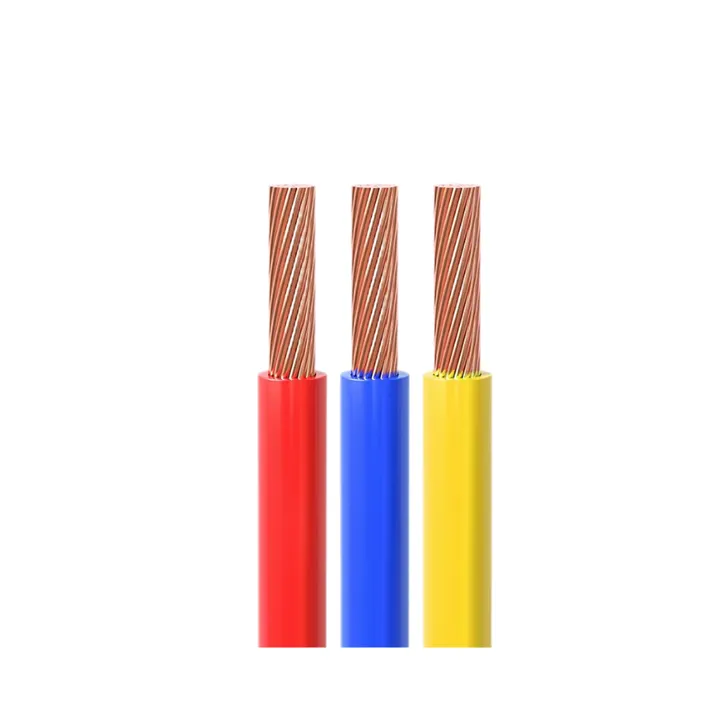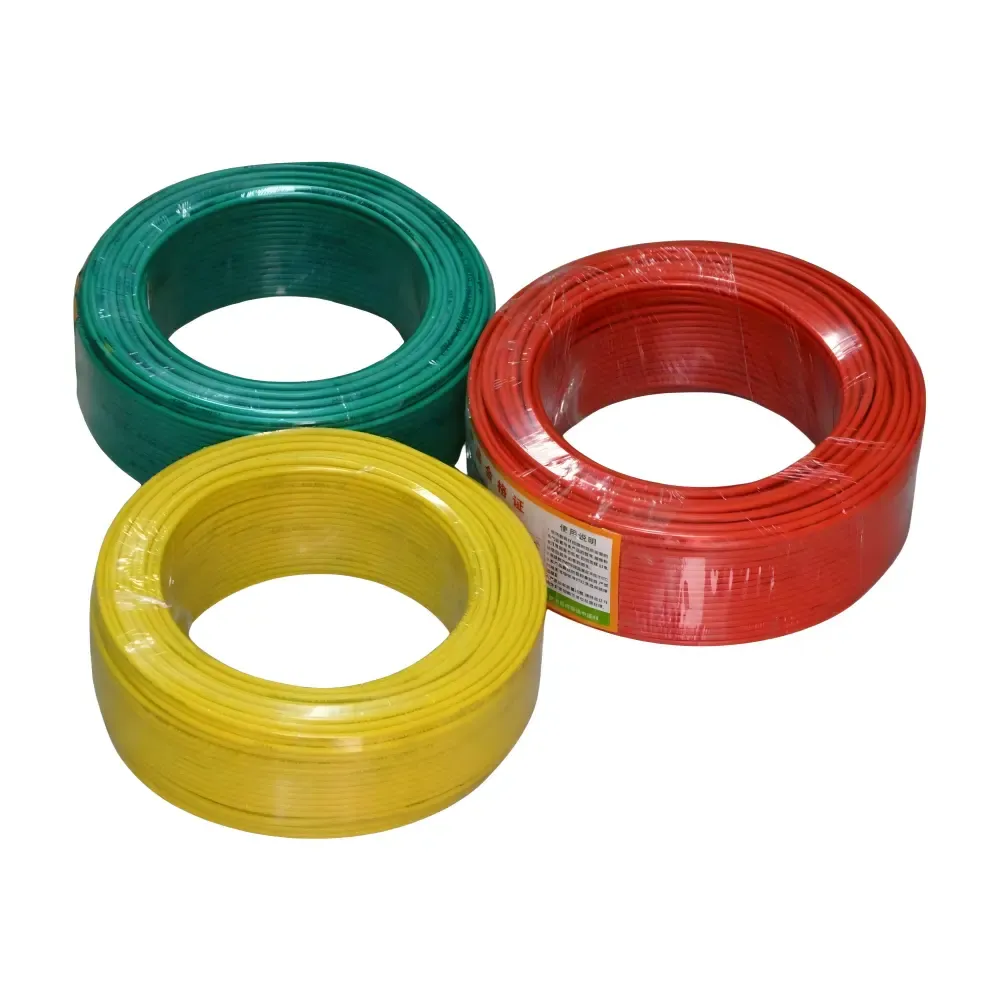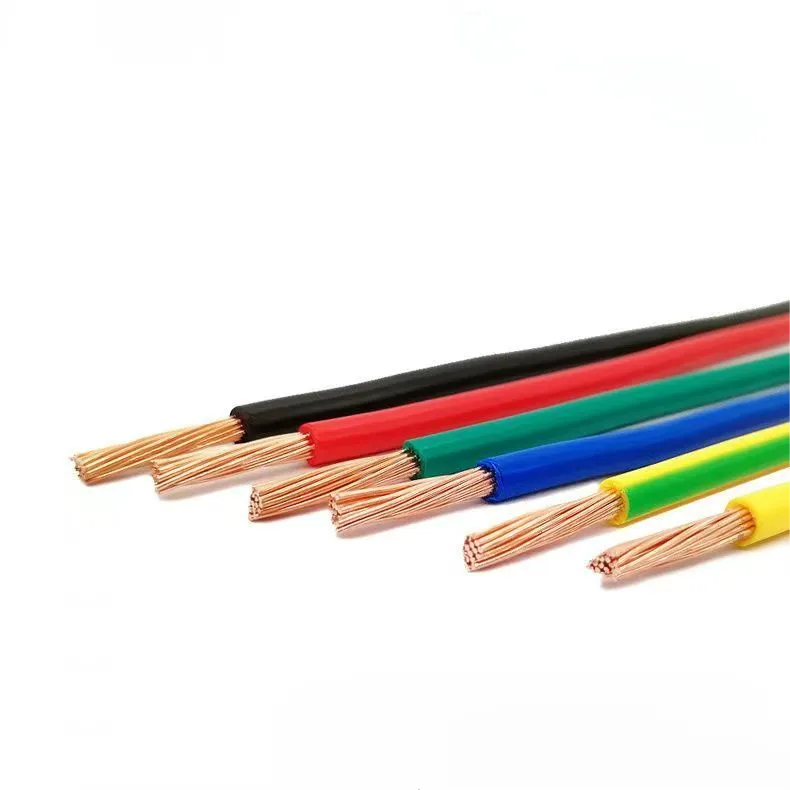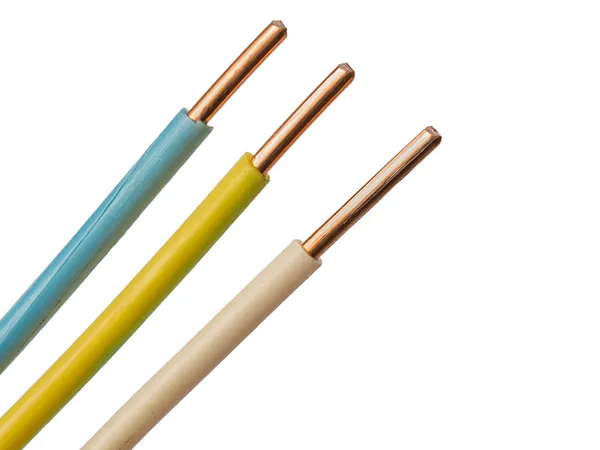Best Cable Options for Tunnel and Metro Projects
Time: 2025-07-17 15:56:45
Source: Henan Province Jianyun Cable Co., Ltd.
Tunnel and metro projects require cables that ensure safety, reliability, and performance in confined, high-risk environments. These projects face challenges such as fire hazards, limited ventilation, mechanical stress, and the need for uninterrupted power and communication systems. Cables must comply with stringent safety regulations, particularly for fire performance, and withstand environmental factors like moisture and temperature variations. This guide outlines the best cable options for tunnel and metro projects, their specifications, and considerations for selection, presented in a formal and structured manner.
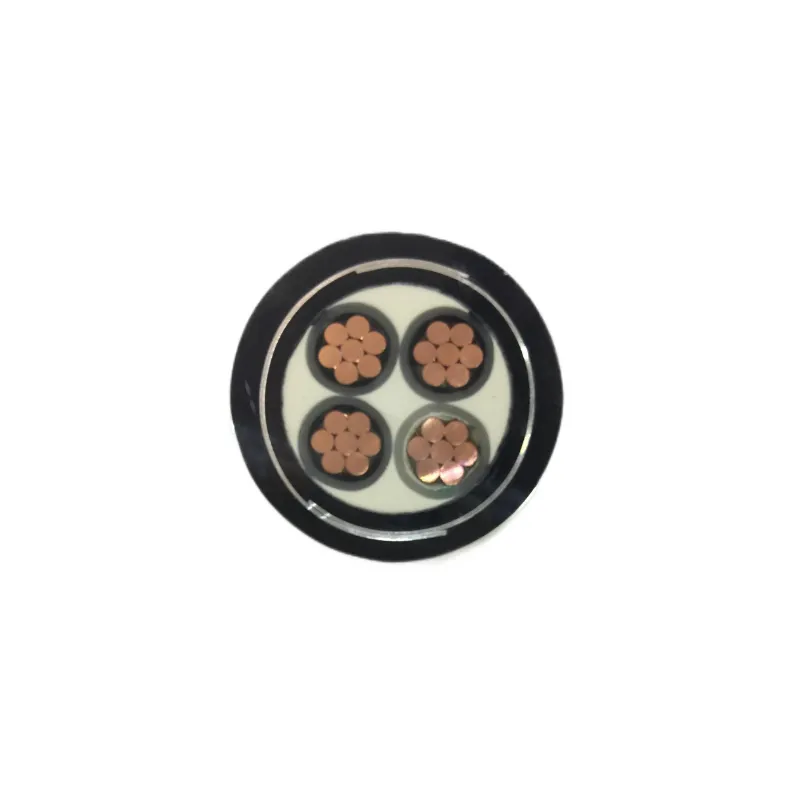
Table of Contents
1. Challenges in Tunnel and Metro Environments
Tunnel and metro projects present unique challenges that influence cable selection:
-
Fire Safety: Confined spaces with limited ventilation increase the risk of fire spread and toxic smoke, necessitating cables with low-smoke, zero-halogen (LSZH) properties and fire resistance.
-
Moisture and Humidity: Underground environments often involve high humidity or water exposure, requiring cables with robust water-resistant sheathing.
-
Mechanical Stress: Cables must withstand vibration, impact, and abrasion from construction, train operations, or maintenance activities.
-
High Reliability: Continuous operation of power, lighting, ventilation, and communication systems is critical for passenger safety and system functionality.
-
Regulatory Compliance: Cables must meet international standards, such as IEC, EN 50575 (EU CPR), and local fire safety regulations, to ensure compliance and safety.
-
Space Constraints: Limited space in tunnels requires compact, flexible cables that are easy to install in cable trays or conduits.
2. Key Cable Requirements
Cables for tunnel and metro projects must meet the following specifications to ensure safety and performance:
-
Fire Performance: Low-smoke, zero-halogen (LSZH) properties to minimize toxic emissions and smoke during fire, and fire resistance to maintain circuit integrity (e.g., IEC 60331).
-
Flame Retardancy: Compliance with IEC 60332-3 for flame spread resistance, critical for preventing fire propagation in confined spaces.
-
Water Resistance: Waterproof or water-resistant designs (e.g., IP67/68) with polyethylene (PE) or cross-linked polyethylene (XLPE) sheathing to prevent moisture ingress.
-
Mechanical Protection: Armored cables with steel wire or tape to withstand impact, crushing, or vibration.
-
Temperature Range: Operation in temperatures from -40°C to 90°C, accommodating underground conditions and equipment heat.
-
Voltage Rating: Low-voltage (0.6/1kV) for lighting and control, medium-voltage (1–35kV) for power distribution, and specialized cables for communication systems.
-
Certifications: Compliance with EN 50575 (CPR classifications, e.g., B2ca, Cca), IEC 60092, IEC 60079 (for ATEX zones in some tunnels), and local standards like NFPA 130 (North America).
3. Recommended Cable Types
The following cable types are optimized for tunnel and metro projects, addressing power, control, and communication needs:
3.1 Low-Smoke, Zero-Halogen (LSZH) Power Cables
-
Description: Low- or medium-voltage cables designed to emit minimal smoke and no toxic halogens during fire exposure, ensuring safety in confined spaces.
-
Construction: Copper or aluminum conductors, XLPE insulation, LSZH sheathing, and optional steel wire/tape armoring for mechanical protection.
-
Applications: Power distribution for lighting, ventilation, and escalators in metro stations and tunnels.
-
Advantages: Enhances evacuation safety, reduces toxic emissions, and complies with strict fire regulations.
-
Standards: IEC 60754, IEC 61034, EN 50575 (CPR).
3.2 Fire-Resistant Cables
-
Description: Cables that maintain circuit integrity during fire exposure, critical for emergency systems in tunnels and metro systems.
-
Construction: Copper conductors with mica tape insulation for fire resistance, XLPE or LSZH sheathing, and optional armoring.
-
Applications: Emergency lighting, fire alarms, and ventilation systems to ensure functionality during fire incidents.
-
Advantages: Ensures operational continuity for critical systems, compliant with fire safety standards.
-
Standards: IEC 60331, BS 6387, EN 50200.
3.3 Armored Power Cables
-
Description: Low- or medium-voltage cables with mechanical protection for harsh tunnel environments.
-
Construction: Copper or aluminum conductors, XLPE or PVC insulation, steel wire (SWA) or tape (STA) armoring, and LSZH or PE sheathing.
-
Applications: Power distribution in tunnels with high mechanical stress or direct burial requirements.
-
Advantages: High durability, resistance to impact and vibration, and suitability for underground installations.
-
Standards: IEC 60502-1, BS 5467.
3.4 Instrumentation and Control Cables
-
Description: Multi-core cables for low-power signals in control and monitoring systems, designed for reliable signal transmission.
-
Construction: Copper conductors, twisted pair or multi-core design, XLPE or PVC insulation, individual or collective screening, and LSZH sheathing.
-
Applications: SCADA systems, signaling, and train control systems in metro networks.
-
Advantages: Low electromagnetic interference, precise signal transmission, and fire safety compliance.
-
Standards: EN 50288-7, IEC 60092-376.
3.5 Fiber Optic Cables
-
Description: Cables for high-speed data transmission, supporting communication and monitoring systems in tunnels.
-
Construction: Single-mode or multi-mode fibers, LSZH or PE sheathing, water-blocking layers, and optional armoring for mechanical protection.
-
Applications: Data networks for passenger information systems, CCTV, and train control in metro projects.
-
Advantages: High bandwidth, immunity to electromagnetic interference, and inherent safety in hazardous areas.
-
Standards: IEC 60794, ITU-T G.652.
3.6 Traction Power Cables
-
Description: Medium-voltage cables for supplying power to metro trains via third rails or overhead lines.
-
Construction: Copper or aluminum conductors, XLPE insulation, LSZH or PE sheathing, and armoring for underground or exposed installations.
-
Applications: Power supply to traction systems in metro tunnels.
-
Advantages: High current-carrying capacity, durability in high-vibration environments, and fire safety compliance.
-
Standards: IEC 60502-2, NFPA 130.
4. Comparison of Cable Types
|
Cable Type
|
Voltage/Application
|
Key Features
|
Applications
|
Standards
|
|
LSZH Power
|
Low/Medium Voltage
|
Low-smoke, halogen-free, armored
|
Lighting, ventilation
|
IEC 60754, EN 50575
|
|
Fire-Resistant
|
Low Voltage
|
Mica tape, XLPE, LSZH, fire integrity
|
Emergency systems
|
IEC 60331, BS 6387
|
|
Armored Power
|
Low/Medium Voltage
|
XLPE insulation, steel armoring, LSZH/PE
|
Power distribution
|
IEC 60502-1, BS 5467
|
|
Instrumentation
|
Low Voltage
|
Twisted pair, screened, LSZH
|
Signaling, control systems
|
EN 50288-7, IEC 60092-376
|
|
Fiber Optic
|
Data Transmission
|
Non-electrical, LSZH/PE, armored
|
Data networks, CCTV
|
IEC 60794, ITU-T G.652
|
|
Traction Power
|
Medium Voltage
|
XLPE insulation, LSZH/PE, armored
|
Train power supply
|
IEC 60502-2, NFPA 130
|
5. Installation and Maintenance Guidelines
Proper installation and maintenance are critical to ensure cable performance and safety in tunnel and metro projects:
-
Certified Installation: Employ personnel trained in tunnel safety and fire regulations to install cables, adhering to standards like IEC 60092 and NFPA 130.
-
Cable Routing: Use cable trays, conduits, or ducts to protect cables from mechanical damage and ensure proper ventilation in confined spaces.
-
Sealing and Glanding: Use IP67/68-rated cable glands to prevent water ingress and ensure fire-tight seals in accordance with CPR requirements.
-
Grounding and Bonding: Implement equipotential bonding for armored cables and shields to prevent static buildup and ensure electrical safety.
-
Periodic Inspections: Conduct regular inspections per IEC 60079-17, checking for insulation degradation, water ingress, or mechanical damage.
-
Testing: Perform insulation resistance, continuity, and fire performance tests to verify cable integrity, using equipment like megohmmeters or Fluke testers.
-
Maintenance Records: Maintain detailed records of installation, inspections, and repairs for compliance with regulatory audits.
-
Fire Safety Compliance: Ensure cables meet CPR classifications (e.g., B2ca, Cca) and local fire codes, with regular checks for compliance.
6. Conclusion
Tunnel and metro projects require specialized cables to ensure safety, reliability, and compliance in challenging underground environments. LSZH power cables, fire-resistant cables, armored power cables, instrumentation cables, fiber optic cables, and traction power cables are among the best options, each addressing specific needs like fire safety, mechanical durability, and reliable communication. By selecting cables that meet stringent standards (e.g., IEC 60331, EN 50575, NFPA 130) and adhering to proper installation and maintenance practices, project managers can ensure safe and efficient operations in tunnel and metro systems. Careful consideration of environmental conditions, regulatory requirements, and system reliability ensures long-term performance and passenger safety.

